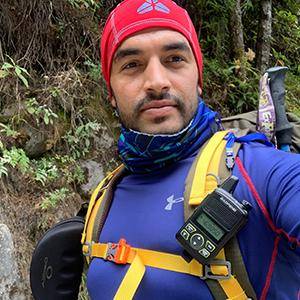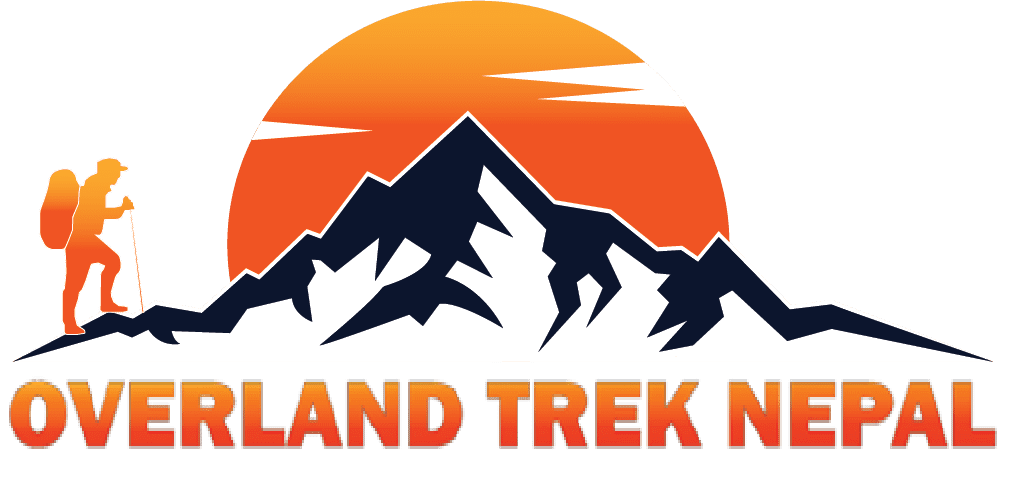The payment is encrypted and
No Booking Fee
No Cancellation Fee

Do not hesitate to give us a call, WhatsApp or email us. We are always there to help you to make your tour safe and entertaining.
Explore the Lhasa Tour the Best of Tibet, the shortest possible tour of Lhasa is very popular amongst international travelers. The tour begins and ends in the heart of Tibet, Lhasa, and covers popular landmarks of this beautiful city such as the Dalai Lama’s Potala and Norbulingka Palaces, the Tibet Museum, and Barkhor Bazaar.
We also visit several impressive Tibetan monasteries in Lhasa like Sera Monastery, Drepung Monastery, and Jokhang Temple. They are all amazing monasteries with history and religious relevance of their own. This trip also takes us further to the outskirts of Lhasa where we visit the 15th-century Ganden Monastery and explore the Drayerpa Cave, which is still a meditative sanctuary for Tibetan monks.
You arrive at Gonggar Airport in Lhasa, Tibet’s administrative capital, and one of the highest cities in the world. If you fly into Lhasa from Nepal, you will enjoy an hour of breathtaking views of The Himalayas on what is considered to be one of the most beautiful air routes in the world. If you choose to travel via mainland China, you may fly in or take the world’s highest train route to Lhasa.
You will be greeted by a representative of Overland Trek Nepal upon your arrival at the airport or train station. You are advised to rest for the rest of the day to adjust to the altitude and minimize altitude sickness, as Lhasa has an elevation of about 3,600 m (11,800 ft) and lies in the center of the Tibetan Plateau with the surrounding mountains rising to 5,500 m (18,000 ft), and thus the air only contains 68 percent of oxygen. Overnight in Lhasa.
Maximum Altitude: – 3,650m
Accommodation: – Hotel (Twin sharing basis)
Meal: – N/A
Lhasa, which means the “place of the gods”, is also the religious capital of Tibet, where Buddhist master Padmasambhava is said to have magically pinned down the earth demoness and built the foundation of the Jokhang Temple over her heart. You will visit the Potala Palace, which was the chief residence of the Dalai Lama and is now a museum and World Heritage Site. The building measures 400 meters east-west and 350 meters north-south, with sloping stone walls that have copper poured into the foundations to help prove it against earthquakes. The palace has thirteen stories containing over 1,000 rooms, 10,000 shrines, and about 200,000 statues, and is situated at 117 meters (384 ft) on top of Marpo Ri, the “Red Hill”, rising more than 300 m (about 1,000 ft) in total above the valley floor. It is magnificent and provides a breathtaking view of the valley.
Next, we visit the Norbulingka Palaces, which was built by the 7th Dalai Lama and served both as an administrative center and religious center, was also the summer palace of the Dalai Lama. Also a World Heritage site, the palace has what is considered to be the largest man-made garden in Tibet. Next, we visit the Tibet Museum, the official museum of Tibet, which has a permanent collection of around 1000 artifacts related to the cultural history of Tibet. Overnight in Lhasa.
Maximum Altitude: – 3,650m
Accommodation: – Hotel (Twin sharing basis)
Meal: – Breakfast
In the morning, we drive to Ganden Monastery, one of the “great three” Gelug University monasteries of Tibet located at the top of Wangbur Mountain at an altitude of 4,300m. Ganden Monastery has extremely delicate and fine murals and sculptures, with more than two dozen major chapels with large Buddha statues. The monastery also houses artifacts that belonged to Tsongkhapa, including his tomb. It also has an armor suit decorated with gems worn by Emperor Qianlong, which was bestowed to the monastery as an offering to Tsong Khapa, founder of the Gelug sect. We then drive to Drayerpa Cave located in a beautiful valley with a stunning landscape, that has more than 30 caves for Lamas who wish to meditate. In the evening, we drive back to Lhasa. Overnight in Lhasa.
Maximum Altitude: – 4,300m
Accommodation: – Hotel (Twin sharing basis)
Meal: – Breakfast
We visit the Drepung Monastery, Sera Monastery, Jokhang Temple, and Barkhor Bazaar. The Drepung Monastery, which was built in the 14th century, is believed to have sheltered around 10,000 monks in the past. The history, culture, and religious beliefs of the Tibetan people are strongly concentrated and centered in this marvelous monastery. The Sera Monastery is a preserved monastery with white-washed walls and golden roofs. Jokhang Temple is another important sacred site that unravels more deep-seated mysteries of Tibetan Buddhism. We then stroll through the Barkhor Bazaar (market). With its open-air stalls, shops, and crowd of pilgrims, it is the epicenter of Lhasa. Overnight in Lhasa. Overnight in Lhasa.
Maximum Altitude: – 3,800m
Accommodation: – Hotel (Twin sharing basis)
Meal: – Breakfast
Please prepare in advance for your departure. It takes approximately four hours to drive to the airport and around thirty minutes to reach the train station. We will arrive at the airport three hours before your departure flight if you are traveling to Nepal and two hours before any domestic flight.
Note – March is usually close so please don’t book this tour during the month of March. ***Flights are not included in this tour
Maximum Altitude: – 3,782m
Meal: – Breakfast
Be mindful of the high altitude in Lhasa, which stands at approximately 3,650 meters (11,975 feet). It’s recommended to acclimatize gradually to prevent altitude-related issues. Adequate rest and hydration are crucial during the initial days.
Ensure you have the necessary travel permits for Tibet. Foreign travelers must obtain a Tibet Travel Permit, and additional permits may be required for specific regions or attractions. It’s advisable to coordinate with a reputable tour operator like Overland Trek Nepal to handle the permit application process.
Tibet experiences diverse climatic conditions. While Lhasa has a semi-arid climate, temperatures can vary significantly between day and night. Pack accordingly, including layers for varying temperatures and comfortable walking shoes.
Tibet has a deeply rooted Buddhist culture. Show respect for local customs and traditions, especially in religious sites. It’s customary to walk clockwise around sacred sites, known as kora, and to refrain from photography in certain areas.
The official currency is the Chinese Yuan (CNY). Credit cards are not widely accepted, so it’s advisable to carry sufficient cash. ATMs are available in Lhasa, but they may have limited services, so plan accordingly.
Respect photography guidelines, especially in religious sites. Some monasteries may have restrictions on photography inside prayer halls or specific areas. Always ask permission before taking photos of locals.
Explore Tibetan cuisine, characterized by hearty and flavorful dishes. Try traditional staples like momos (dumplings), thukpa (noodle soup), and yak-based dishes. It’s also recommended to try Tibetan butter tea, a unique local beverage.
Public transportation options in Lhasa include taxis and buses. For tours to more remote areas, consider hiring a local guide or joining a guided tour. Pre-arrange transportation for ease of travel which will be arranged by Overland Trek Nepal.
Consult with a healthcare professional before traveling to Tibet, especially if you have pre-existing health conditions. Carry essential medications, and be mindful of maintaining good health practices in the high-altitude environment.
While Mandarin Chinese is widely spoken, especially in urban areas, many Tibetans speak Tibetan. Learning a few basic Tibetan phrases can enhance your travel experience and foster positive interactions with locals even, you will have a guide with you if you need any help.
The Overland Trek Nepal Team will be providing a Duffel Bag and a Down Jacket (on a refundable basis), upon your arrival in Kathmandu.
This journey encompasses urban, rural, and remote areas in Nepal and Tibet, resulting in varying accommodations and amenities. Whether it’s five-star hotels and guest houses or camping in the breathtaking Himalayan regions under the care of our staff, you can be confident that we will consistently offer the best possible facilities in every instance.
All Travelers must ensure that their passport is valid for a minimum of 6 months from the date of tour completion.
Lhasa, the capital of Tibet, offers a rich cultural and historical experience. Key attractions include the Potala Palace, Jokhang Temple, Barkhor Street, and Norbulingka Palace. These landmarks showcase Tibetan architecture, religious significance, and the region’s unique cultural heritage.
Yes, acclimatization is crucial when embarking on a Lhasa Tour due to the city’s high altitude. Spending a day or two in Lhasa before exploring higher-altitude areas allows travelers to adapt gradually, reducing the risk of altitude sickness. It’s advisable to stay hydrated, avoid strenuous activities initially, and consult with healthcare professionals if needed.
The best time to visit Lhasa and explore the highlights of Tibet is from April to October. During this period, the weather is generally mild, and many festivals, including the famous Saga Dawa and Shoton festivals, take place. Winter months can be harsh, with colder temperatures and some attractions possibly closed due to weather conditions.
Travelers planning a Lhasa Tour need to obtain the Tibet Travel Permit, which is mandatory for entering the region. This permit is typically arranged by your tour operator, and you’ll need to provide certain documents, including a valid Chinese visa. It’s crucial to plan in advance and work with a reputable tour agency to facilitate the permit application process and ensure a smooth journey.
